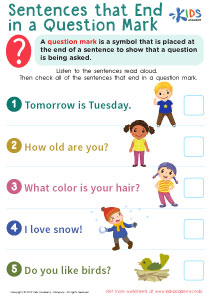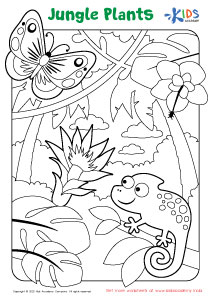K-2-ETS1-2 K-2.Engineering Design worksheets With Answers for Kindergarten
2 filtered results
-
From - To
Explore our K-2 Engineering Design worksheets specifically designed for Kindergarten students! Aligned with K-2-ETS1-2 standards, these engaging worksheets help young learners understand the key concepts of engineering design. Each activity encourages creativity and problem-solving skills, allowing children to brainstorm, create, and improve their designs. With easy-to-follow instructions and detailed answer keys provided, educators can effortlessly guide students through each exercise. These resources are perfect for enhancing STEM learning in the classroom or at home. Foster a love for engineering and innovation early on with our comprehensive collection of fun and educational worksheets tailored for Kindergarteners!


Beaver Pond: Looking for a Solution Worksheet


Developing Solution Worksheet
K-2-ETS1-2 focuses on the essential concepts of engineering design at the kindergarten level. It encourages young learners to solve problems by developing and testing their own designs, fostering creativity and critical thinking. Parents and teachers should care about this standard for several reasons.
Firstly, it promotes engagement and hands-on learning. By actively participating in engineering design, children develop curiosity and a love for learning. This engagement is crucial for their overall academic success.
Secondly, it instills a foundation for important skills such as teamwork, communication, and perseverance. In collaborative projects, students learn how to articulate their ideas, listen to others, and work towards a common goal. These skills are essential not only in school but throughout life.
Moreover, early exposure to engineering concepts helps demystify STEM subjects, making them accessible and enjoyable. As children learn to see themselves as problem-solvers, their confidence in tackling challenges grows, which is vital for their emotional development.
Lastly, understanding these principles at a young age prepares children for future learning in an increasingly technology-driven world, ensuring they are not just consumers of technology, but creators and innovators. Thus, K-2-ETS1-2 is a critical stepping stone in shaping the innovators of tomorrow.
 Assign to My Students
Assign to My Students




.jpg)










